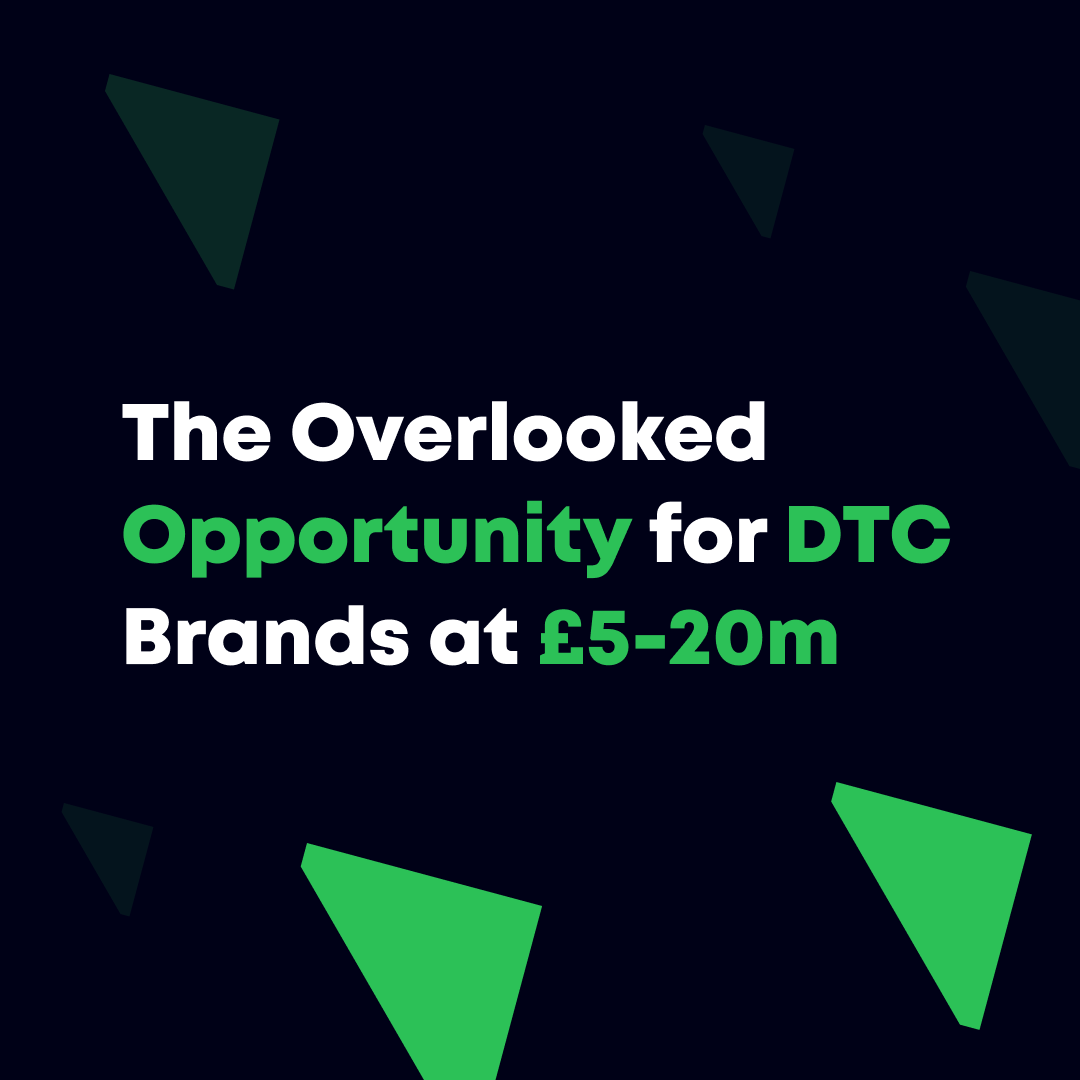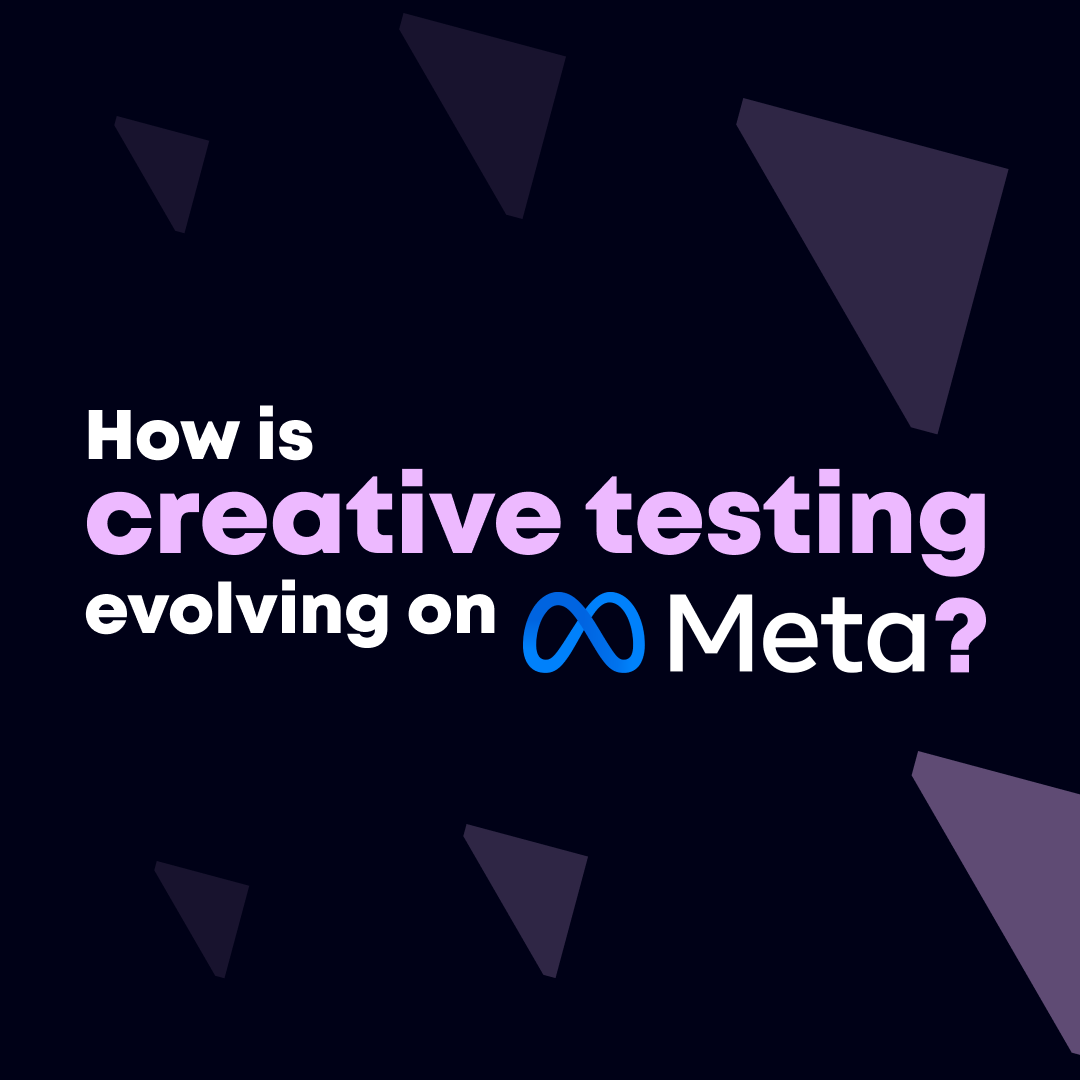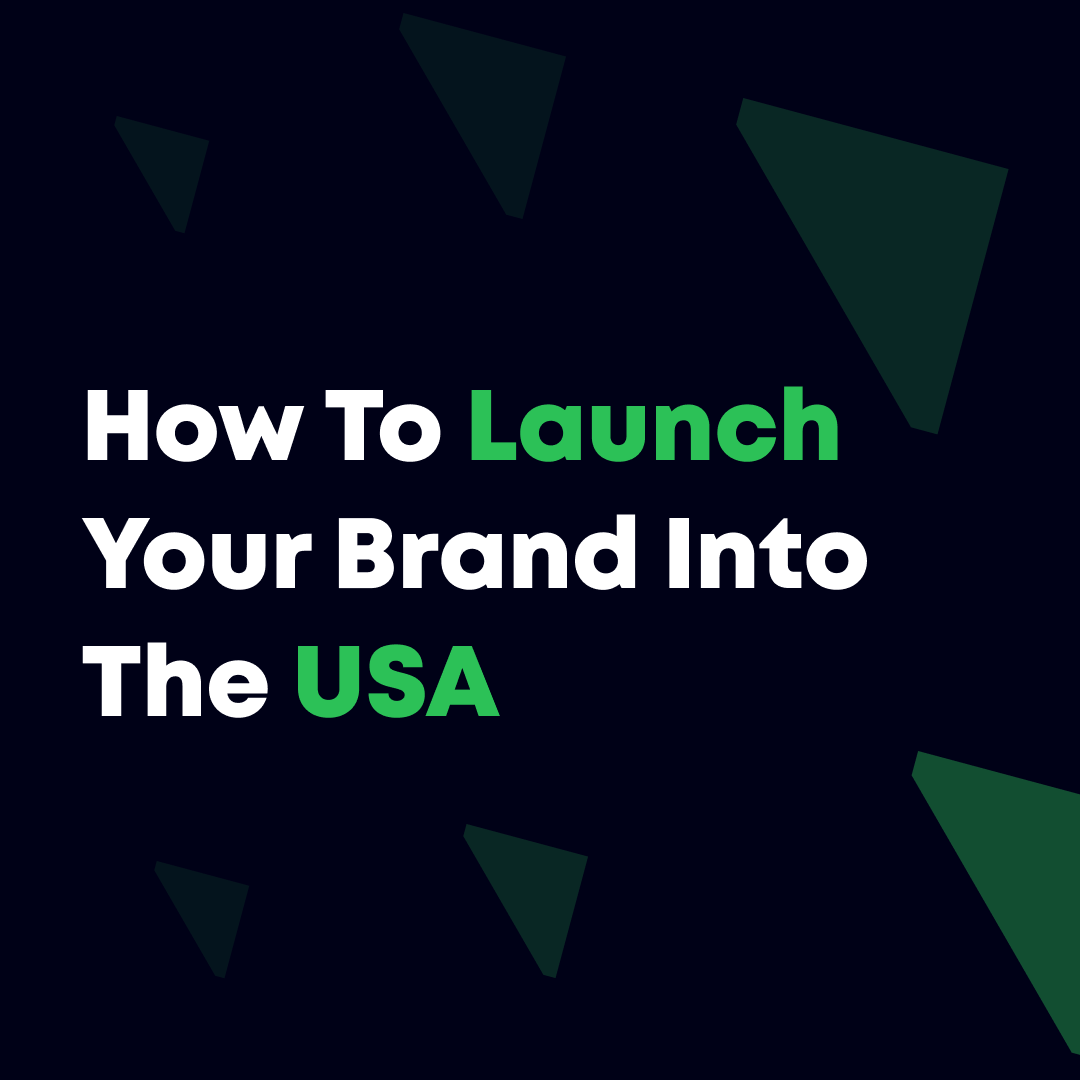Relying on set-and-forget DPAs on Meta is a terrible strategy for your fashion brand, but great for your paid social agency.
A couple of weeks back a mid-sized fashion retailer whose Meta ad account is being run by a well known DTC paid social agency in London got in touch.
Despite the brand’s strong ethos and product line, generating ~£20m annually, it’s barely profitable.
Their core paid social strategy? DPAs. Those white background ecom product shot carousels that enable you to serve your entire inventory to people based on what Meta believes they’re interested in. They mean you can keep your ad account consolidated with high SKU count, touted as best practise.
Whilst there’s nothing inherently wrong with well managed DPAs as part of a strategic mix, here’s the issue with relying on them:
- DPAs typically look great in-platform (getting a lot of view-through conversions) but since they’re only showing people the products they’re already interested in they’re far less incrementally valuable for your growth: there are only so many people who’ll respond to this strategy.
- 99% of the time the bid strategy used is Lowest Cost – it was here. What that tells Meta is “serve the content that finds me customers at the lowest CAC”. Guess what products get the lowest CAC? Your lowest priced products – almost always your lowest margin products in real terms. Immediately, you’re saying “Meta, prioritise making me less money than I could”.
- There’s no consideration for the sell through or liquidation requirements for the brand to help cash conversion cycle or seasonal products. Sure, you can create product sets and break out your ad account but then you’re just contradicting the point of running it in a consolidated way.
- The SKU you advertise (best capture attention with) isn’t always the one a customer buys. Advertise a red SKU, sell a yellow SKU for instance. Why train Meta to prioritise serving less efficient content?
- DPAs rely on an impeccable data set up beyond a standard pixel implementation. Very few brands have this set up, and certainly not this one.
- First impressions count! Is an ecom image your best foot forward? Between building brand and driving performance, why choose just one?
I could go on. And the reality is I couldn’t speak to the brand’s profitability being a result of DPAs without looking at their full P&L, that would be absurd.
But, there’s no doubt that brazen copy-paste, make-Meta-look-good strategy like this positively impacts ad account numbers (the agency’s work) but negatively contributes to the profitability of the brand.
For one £20m brand we work with, by just removing the reliance on DPAs and deploying a fuller funnel approach to the brand’s customer acquisition helped us help them post +29% growth at -16% ad spend YoY.
If you’re a fashion or high SKU-count brand with variable margin profiles, have a dig under the hood or get in touch if you want an honest sense check on your paid social strategy.



